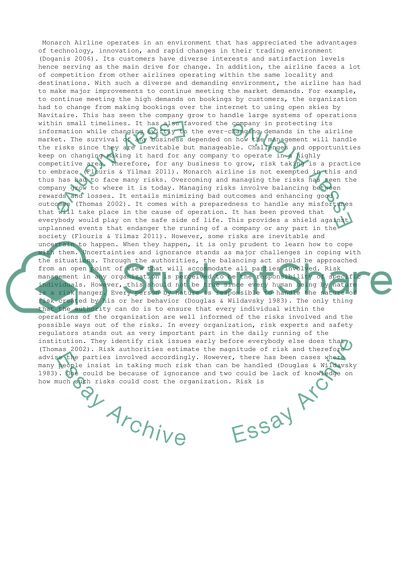Cite this document
(“Monarch PLC Airlines Essay Example | Topics and Well Written Essays - 2500 words”, n.d.)
Retrieved from https://studentshare.org/management/1397061-monarch-plc-airlines
Retrieved from https://studentshare.org/management/1397061-monarch-plc-airlines
(Monarch PLC Airlines Essay Example | Topics and Well Written Essays - 2500 Words)
https://studentshare.org/management/1397061-monarch-plc-airlines.
https://studentshare.org/management/1397061-monarch-plc-airlines.
“Monarch PLC Airlines Essay Example | Topics and Well Written Essays - 2500 Words”, n.d. https://studentshare.org/management/1397061-monarch-plc-airlines.


